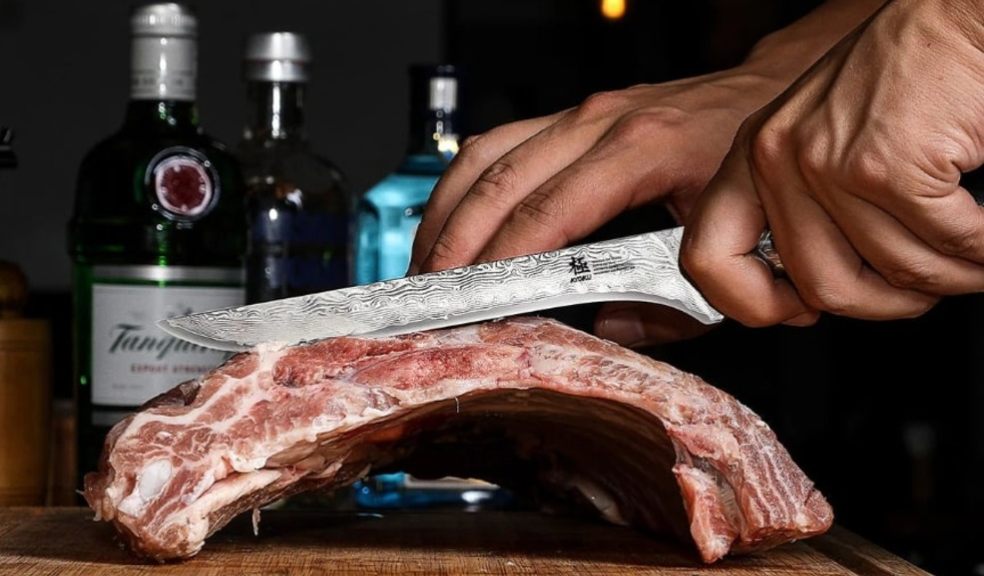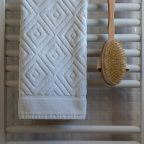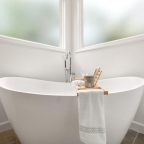
Boning Knives for Beginners: Simple Steps to Get Started
When it comes to preparing meat, having the right tools can make all the difference in both ease and precision. A boning knife, specifically designed for deboning and trimming, is one of those essential tools that every beginner cook should consider. Whether you're new to the kitchen or just starting to explore more advanced cooking techniques, understanding how to use a boning knife can elevate your skills. In this guide, we’ll take you through the basics of choosing, using, and maintaining a boning knife to help you get started with confidence.
What Makes a Boning Knife Different?
Boning knives are specifically designed to tackle tasks like removing bones, skin, and fat from meat and fish. Unlike a standard kitchen knife, a boning knife features a thin, flexible blade that allows for precision cutting around joints and bones. The blade’s pointed tip helps users make controlled cuts in tight spaces, ensuring minimal waste.
Boning Knife vs. Other Knives: While other knives, like a chef’s knife, are versatile and can handle a range of tasks, a boning knife excels in detail work. Its slender blade and sharp point make it ideal for intricate tasks such as deboning a chicken or filleting fish. For beginners, a boning knife’s precise design helps you achieve cleaner cuts with more control than using a larger, less agile knife.
Choosing the Right Boning Knife for Beginners
When selecting a boning knife, there are a few factors to keep in mind to ensure that you choose the right one for your needs.
Blade Flexibility: Boning knives come in two main types: flexible and stiff. Flexible blades are ideal for working around joints and curves, allowing you to get closer to the bone. They’re often recommended for beginners because they’re easier to maneuver, particularly for tasks like deboning chicken or filleting delicate fish. A flexible blade also offers a bit more forgiving flexibility if you're still developing knife skills.
Blade Length: Most boning knives range from 5 to 7 inches. Beginners should look for a medium-length blade, around 6 inches, as it strikes a good balance between maneuverability and control. A longer blade might be difficult to handle, while a shorter blade might not provide enough reach for larger cuts of meat.
Handle Comfort and Material: Comfort is key, especially for beginners who may be using the knife for longer periods. Look for an ergonomic handle made from durable materials like plastic, wood, or composite. The handle should fit comfortably in your hand and provide a secure grip, which reduces the likelihood of slips and accidents.
Budget Considerations: If you're just starting out, it’s not necessary to break the bank. There are many affordable options that still offer quality. Brands like Kyoku offer a range of knives that provide good balance, sharpness, and durability without being overly expensive, making them a solid choice for beginners. As you become more experienced, you can always upgrade to a higher-end model.
Basic Safety Tips When Using a Boning Knife
Safety is paramount when using any sharp kitchen tool. Here are a few tips to help you handle your boning knife with care:
Proper Grip and Hand Position: To avoid slips and accidents, always grip the knife with your index finger and thumb on the blade’s spine, while the rest of your fingers curl around the handle. This grip gives you more control, allowing you to cut with precision.
Cutting Board Setup: Use a stable, non-slip cutting board to avoid accidents. If you don’t have a non-slip board, consider placing a damp cloth under your board to keep it steady. The last thing you want is for the board to slide while you’re working with a sharp knife.
Knife Handling and Cutting Techniques: When using a boning knife, focus on using slow, controlled motions. Don’t rush your cuts—let the knife do the work. For beginners, it’s helpful to start with softer cuts, such as removing skin from chicken, before attempting more complex tasks like deboning larger cuts of meat.
Storage and Handling: To keep your boning knife in good condition and avoid injuries, always store it safely. If you’re not using it, consider storing it in a knife block, magnetic strip, or protective sheath. This prevents the blade from becoming dull and reduces the risk of accidental cuts.
Simple Tasks to Get Started with Your Boning Knife
Once you have your boning knife and are familiar with safety and handling, it’s time to start using it. Here are a few simple tasks to practice with your new knife:
Deboning a Chicken: One of the most common uses for a boning knife is deboning chicken. Here’s how to get started:
Place the chicken on a cutting board and remove any skin if necessary.
Using the tip of the boning knife, cut along the bone of the chicken, gently working the blade around the joints.
Be sure to work slowly and carefully, keeping the blade close to the bone to minimize meat wastage.
Removing Skin from Meat: Boning knives are great for removing the skin from cuts of meat, like pork or chicken. To do this:
Start by making a small incision between the skin and meat with the tip of the knife.
Use a firm grip on the skin, pulling it away from the meat while carefully working the blade between them.
Keep the knife parallel to the meat to avoid cutting into it.
Trimming Fat: Trimming excess fat is another task where a boning knife excels. Simply use the knife to make small, controlled cuts around the fat, removing only the areas you don’t want. This task requires a steady hand, so don’t rush.
Filleting Fish (Optional): If you’re interested in filleting fish, a boning knife is an excellent tool. Simply follow the backbone of the fish with the knife, using the flexible blade to glide along the spine and remove the fillets. While this step can be tricky for beginners, it’s a great practice to hone your knife skills.
Maintenance and Care for Your Boning Knife
To keep your boning knife working at its best, you’ll need to properly maintain it.
Cleaning and Drying: Always wash your boning knife by hand immediately after use. A quick rinse and a wipe with a dry cloth will help keep the blade in good condition. Avoid putting it in the dishwasher, as the heat and harsh detergents can damage the handle and blade.
Sharpening: A sharp blade is a safe blade. For beginners, it’s a good idea to invest in a sharpening stone or honing rod. Regular sharpening ensures your knife remains effective, especially as you begin to tackle more complex tasks.
Proper Storage: Storing your boning knife properly can prolong its life. If you’re not using it, keep it in a knife block, magnetic strip, or in a protective sheath. This prevents the blade from dulling or being damaged.
Conclusion
Getting started with a boning knife is a rewarding step toward mastering meat preparation. By choosing the right knife, practicing basic techniques, and taking care of your tool, you’ll soon find yourself more comfortable and confident in the kitchen. Start with small tasks like deboning a chicken or trimming fat, and work your way up to more complex preparations like filleting fish. With a little practice, your boning knife will become an invaluable tool in your cooking arsenal.

















